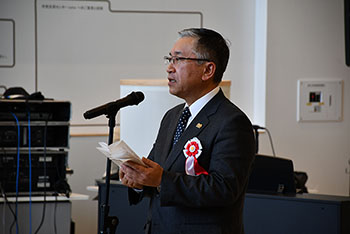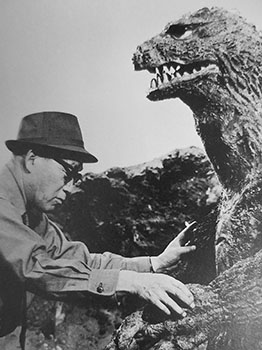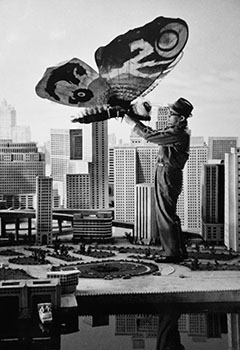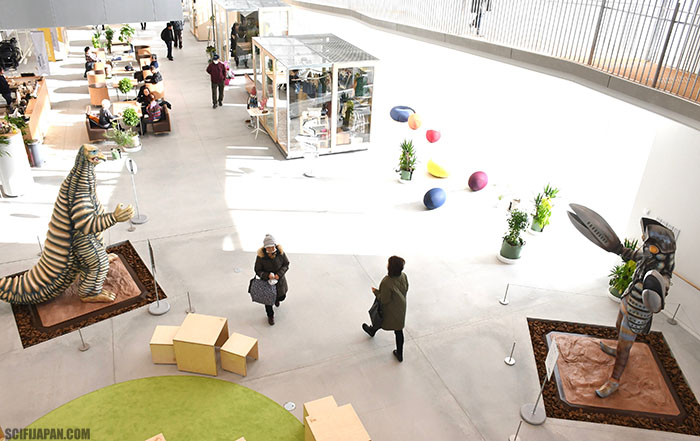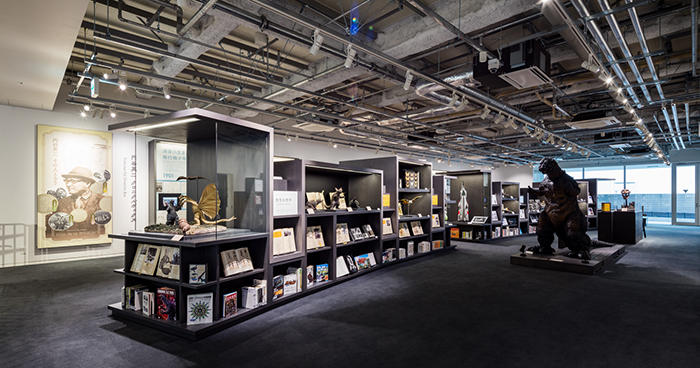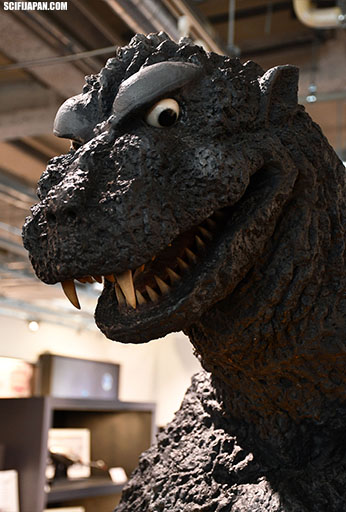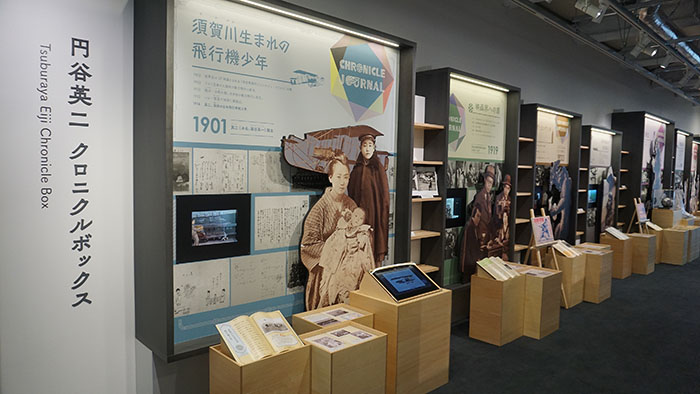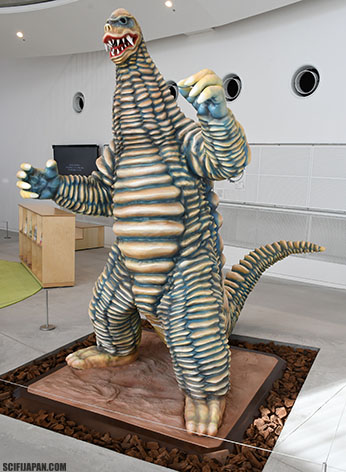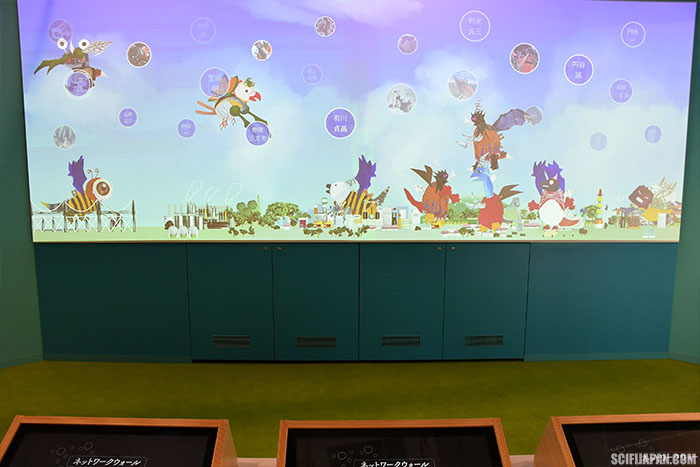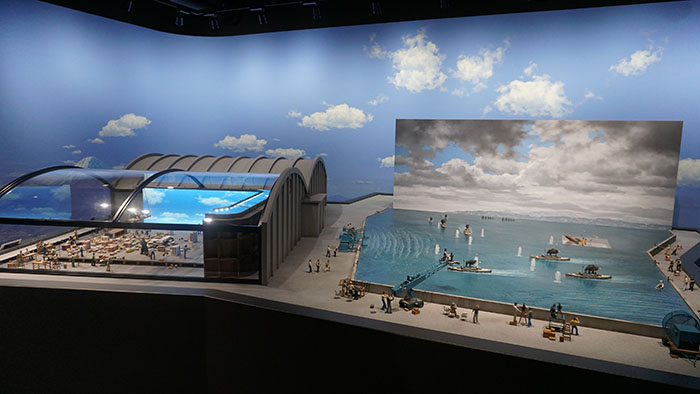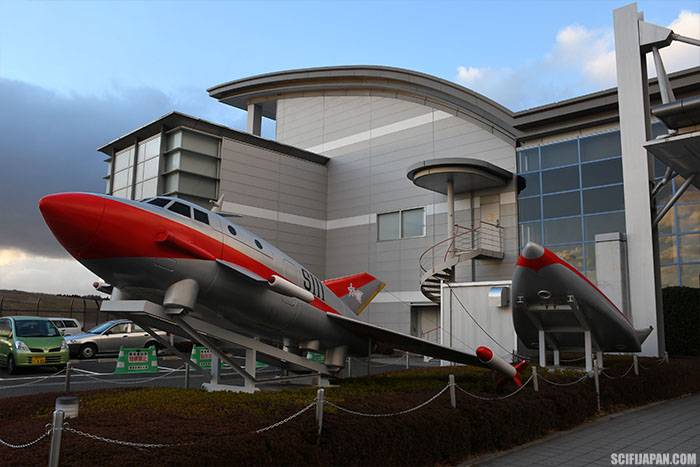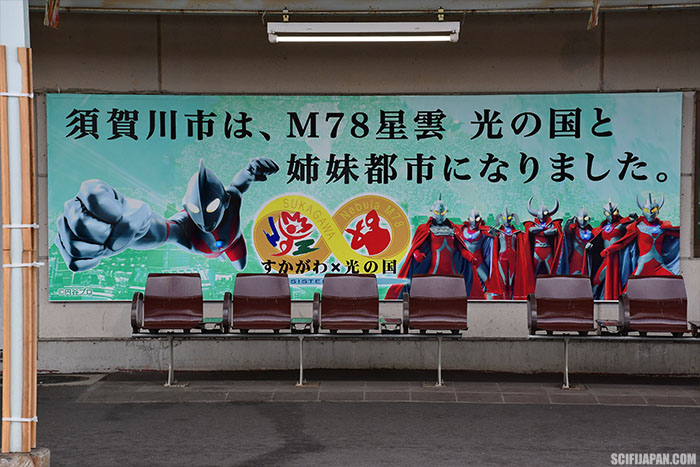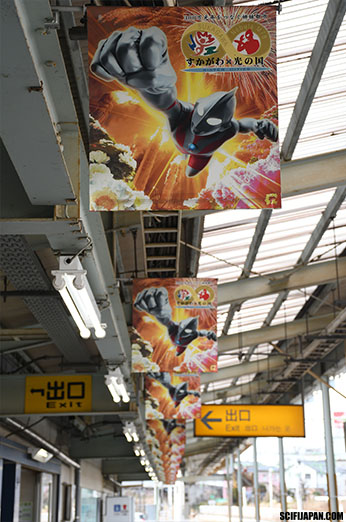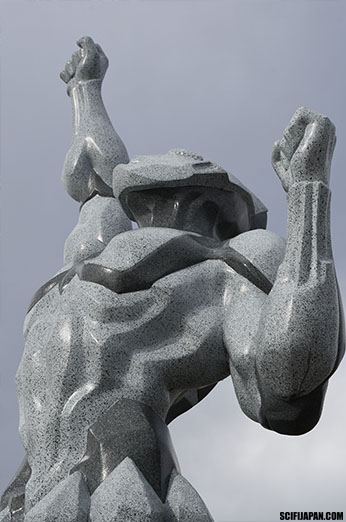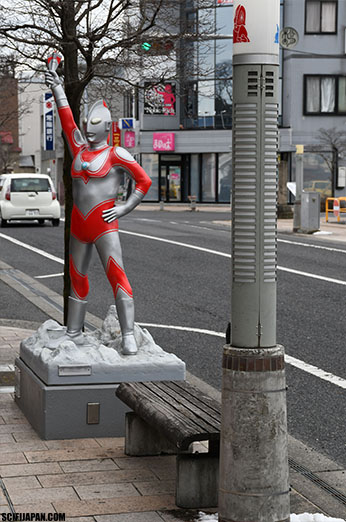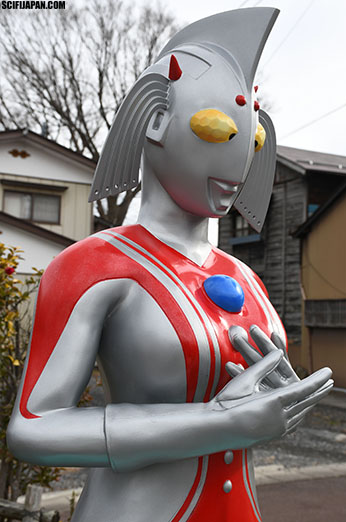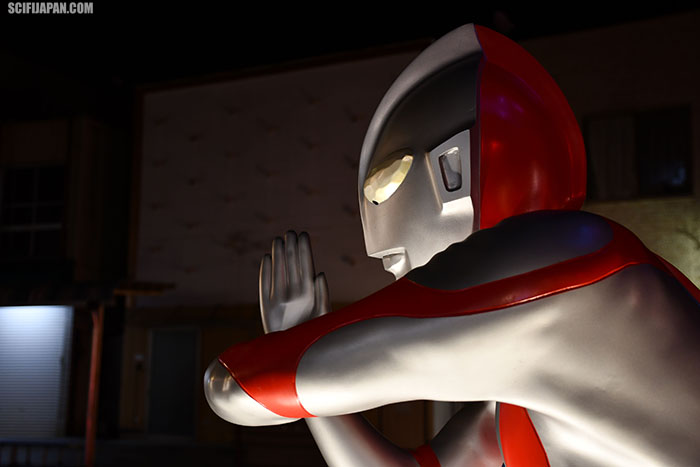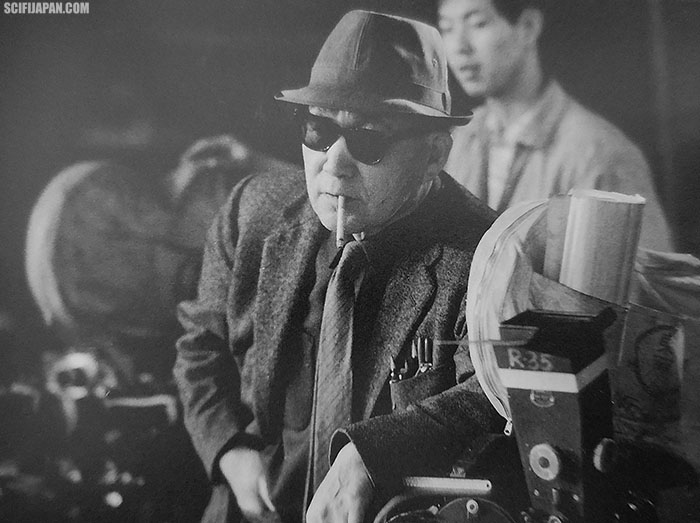 A museum dedicated to FX Director Eiji Tsuburaya has opened in his hometown of Sukagawa, Fukushima. © Eiji Project
A museum dedicated to FX Director Eiji Tsuburaya has opened in his hometown of Sukagawa, Fukushima. © Eiji ProjectAuthor: Edward L. Holland Official Site: s-tette.jp
Experience the world of Godzilla, Ultraman and their co-creator, Eiji Tsuburaya, the God of Special Effects, in Sukagawa, Fukushima as the region continues to rebound from the Great Eastern Earthquake. On January 11, 2019, after 5 years in the making, the Sukagawa Citizens Exchange Center tette building opened to hundreds in attendance. During the opening ceremony Mayor Katsuya Hashimoto said, “Our brand-new community center tette (hands) is Sukagawa city’s main place for cultural exchange and citizens’ activities and we are committed to nurturing citizens here long into the future. We also honor tokusatsu (special effects) master, Eiji Tsuburaya born in Sukagawa city, for his accomplishments at the Eiji Tsuburaya Museum, an archival center that will disseminate Japanese special effects to the world.” The dreaming spirit of Tsuburaya, who was inspired by Merian C. Cooper’s KING KONG (1933) to make his own monster movies, is chronicled in detail on the 5th floor of the tette Exchange Center. Before his untimely passing in 1970, Tsuburaya worked on more than 250 military and science fiction movies and TV programs with Toho Studios and his own Tsuburaya Productions, founded in 1963. With a tight-knit team of 60 innovative artists he debuted ULTRA Q (1966) and ULTRAMAN (1966-67) to unsuspecting Japanese homes, spawning the first kaiju boom.
All over Sukagawa you can celebrate Tsuburaya’s universe of characters at the town’s city hall, train station, post offices, stores, airport, and the community center with its 5 modern floors of: classes, music rooms, event halls, libraries, and childcare spaces. The tette building also includes cultural meeting rooms, an Ultra FM radio station, stores, Ultraman kaiju statues, and the museum focused on the aspiring airplane pilot who flew south, ascended to photographer, and became an unequaled director of special visual effects, utilizing miniatures and suitmation, co-inventing Japan’s most iconic monsters and heroes. GODZILLA (1954), directed by Ishiro Honda, produced by Tomoyuki Tanaka, and Tsuburaya’s ULTRAMAN, with designs by Tohl Narita, forged an unforgettable path of entertainment bridging kaiju and superheroes in movie houses and homes, heralded by award winning filmmakers Shinji Higuchi (SHIN GODZILLA, ATTACK ON TITAN) and Guillermo del Toro (THE SHAPE OF WATER, PAN`S LABYRINTH). Tsuburaya’s endless cavalcade of “monstars” continues to delight as both sides of the Pacific await the spring release of GODZILLA: KING OF THE MONSTERS by Legendary and Warner Bros. An infectious sense of wonder and imagination bred by Tsuburaya surrounds you at the Science Patrol-themed Fukushima airport, on the Ultraman-adorned main street and in the inanimate, yet life-like Godzilla suit at the museum, supervised by designer Yuji Sakai, also from Sukagawa. Sukagawa even previously teamed up with the fictitious M78 Nebula, the “Land of Light” origin world of Ultraman, in an inventive sister city program.
The Exchange Center assists children, seniors, and the disabled providing a common space to meet, read, exercise the body, mind and honor the legendary spirit of resilient Fukushima. The Tsuburaya Museum, a fusion of more than 100 exhibits, models, displays, 1,200 plus books available to check out, dioramas, audio-visual zones, and a 14-minute Godzilla short film with the aforementioned 2-meter 1954 style Godzilla suit, is something to behold for aspiring artists and fans. With its three photo free zones and "create your own kaiju" interactive screens, you can come away with lasting memories during a day trip north of the hustle and bustle of Tokyo. Resident Mayu Hashimoto mentioned, “The Tsuburaya Museum is bigger than I thought it would be, with so much information, not normally available for the public to see. I highly recommend it!” Aligned with the spirit of innocence, the museum exists as a foundation to inspire children now and into the future; to dream as Tsuburaya did making model airplanes as a child above his family’s miso paste factory, before attending flight school in Haneda, Tokyo, and later launching a ground-breaking career in motion pictures. The Eiji Tsuburaya Museum in Sukagawa, Fukushima is a relaxed and welcoming environment for adults and parents to reminisce with memories of fantastic beasts and heroes from their childhood and to trace in-depth with children the heart, soul, and spirit of Godzilla, Ultraman, Mothra, Rodan, King Ghidorah, the God of Special Effects’ milestones, and his lasting contributions to society. Visit the ultra-charming culture of Sukagawa and learn about the creative spirit of special visual effects director Eiji Tsuburaya at the permanent Eiji Tsuburaya Museum on the 5th floor of the tette Cultural Exchange Center in Sukagawa, Fukushima. Entrance is free. Museum hours: 9am – 5pm; closed the 3rd Tuesday of each month. Address: 4-14-1 Nakamachi Sukagawa City, Fukushima 962-0845 Edward L. Holland is a photojournalist working in Japan. He has written for Stars and Stripes, Famous Monsters of Filmland magazine and assisted artists at various conventions in the US and Japan.
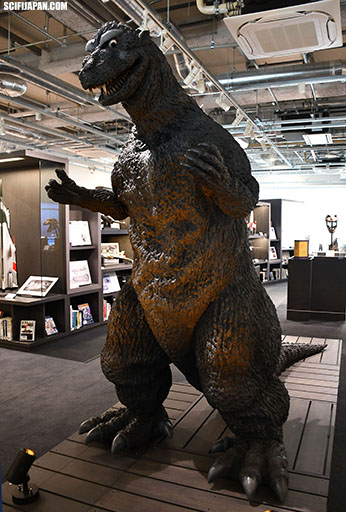 Statue of the Godzilla 1954 suit, designed by Yuji Sakai. Photo by Edward L. Holland. © TOHO CO., LTD.
Statue of the Godzilla 1954 suit, designed by Yuji Sakai. Photo by Edward L. Holland. © TOHO CO., LTD.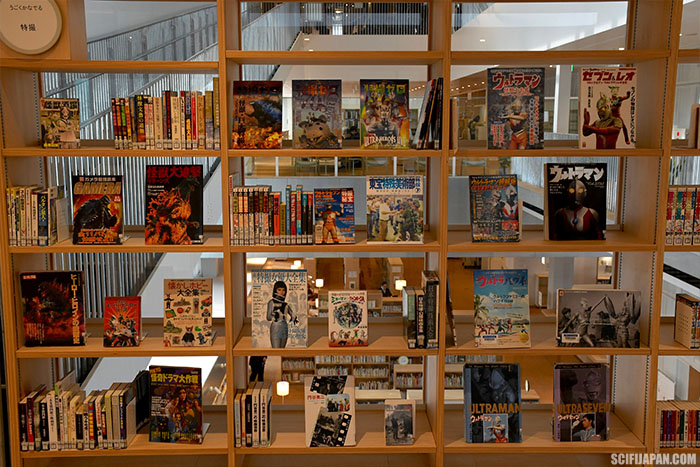 tette library leading to 5th floor. Photo by Edward L. Holland. © TOHO CO., LTD. © TSUBURAYA PRODUCTIONS.
tette library leading to 5th floor. Photo by Edward L. Holland. © TOHO CO., LTD. © TSUBURAYA PRODUCTIONS.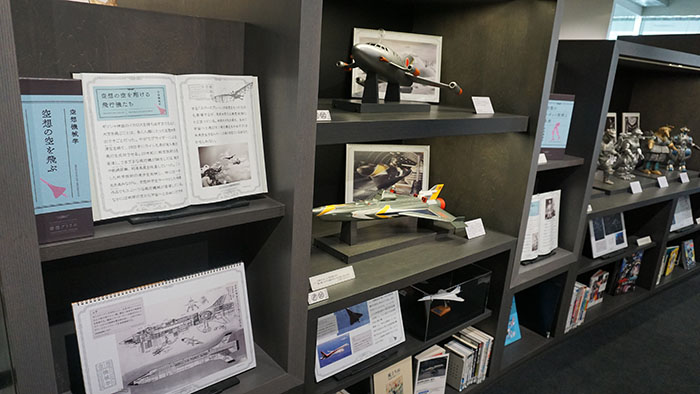 Imagination Studio. Photo courtesy of Tsuburaya Productions. © TSUBURAYA PRODUCTIONS. © TOHO CO., LTD.
Imagination Studio. Photo courtesy of Tsuburaya Productions. © TSUBURAYA PRODUCTIONS. © TOHO CO., LTD.

